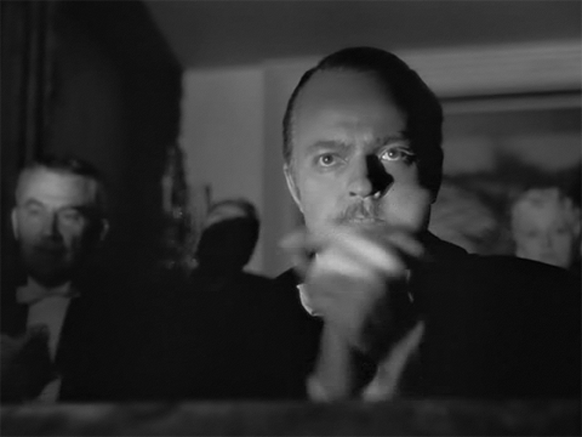squarewave said:How do you know that? He has not stated that he tried that. If the +- symbol next to the terminals indicates polarity, then it was incorrectly wired yes?
Again, I don't think this contradicts any of your observations. It is possible that the problem is that DI ring is floating as you say.
You have not read my test descriptions with comprehension. I've tried it. Same circuit. I've looked at the Cinema version, the Altec version, the Langevin version, and the Hycor version. They will all behave similarly.


















![Electronics Soldering Iron Kit, [Upgraded] Soldering Iron 110V 90W LCD Digital Portable Soldering Kit 180-480℃(356-896℉), Welding Tool with ON/OFF Switch, Auto-sleep, Thermostatic Design](https://m.media-amazon.com/images/I/41gRDnlyfJS._SL500_.jpg)














